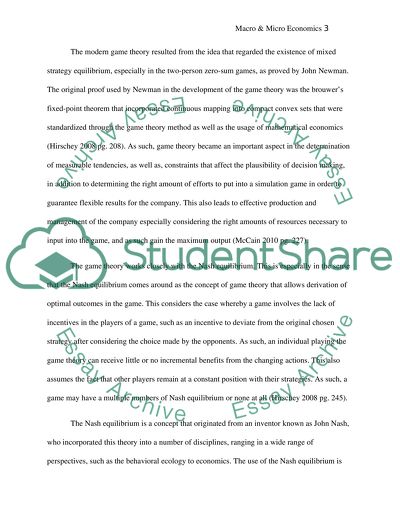Cite this document
(“Assess the practical usefulness and the relevance of game theory in Essay - 2”, n.d.)
Retrieved from https://studentshare.org/macro-microeconomics/1496555-assess-the-practical-usefulness-and-the-relevance
Retrieved from https://studentshare.org/macro-microeconomics/1496555-assess-the-practical-usefulness-and-the-relevance
(Assess the Practical Usefulness and the Relevance of Game Theory in Essay - 2)
https://studentshare.org/macro-microeconomics/1496555-assess-the-practical-usefulness-and-the-relevance.
https://studentshare.org/macro-microeconomics/1496555-assess-the-practical-usefulness-and-the-relevance.
“Assess the Practical Usefulness and the Relevance of Game Theory in Essay - 2”, n.d. https://studentshare.org/macro-microeconomics/1496555-assess-the-practical-usefulness-and-the-relevance.


